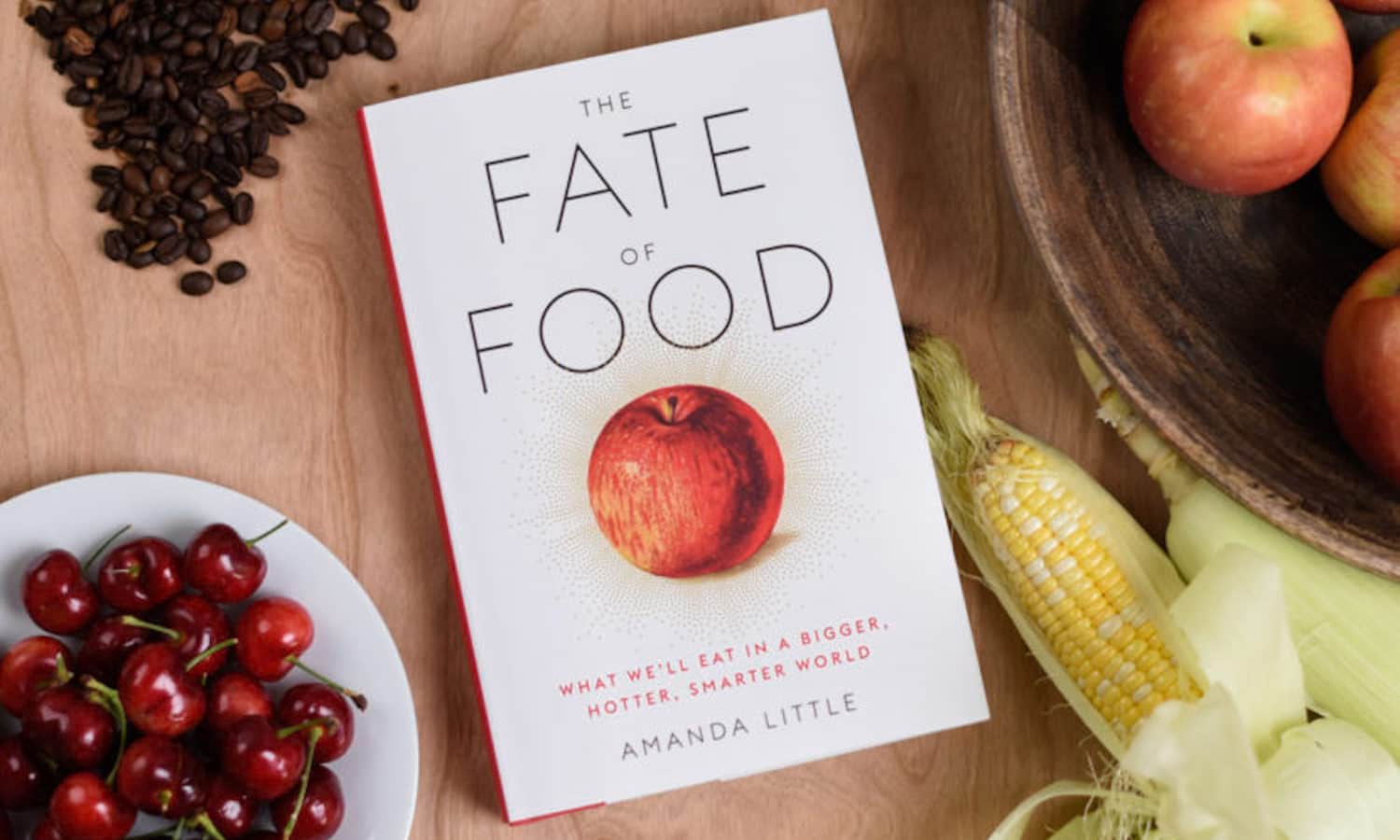In The Fate of Food, author Amanda Little features doomsday strategies like freeze-dried chicken pot pies and community preppers across the United States—in an effort to gauge if the world failed to find a way to feed the growing population.
Little elaborates that these technology-driven survival techniques do not quite solve the world’s dilemma. “We want assurance not just that there will be enough food for all of us to survive, but that our culinary traditions, including our fresh-food supply, will continue to live on,” writes Little.
The global food system needs options, adds Little, that can withstand complex threats to the food supply including industrial agriculture’s role in waste, undernutrition, overconsumption, biodiversity erasure, and agricultural consolidation: all with the arriving impacts of climate change.
These options for feeding a growing population fall into two camps, describes Little: the deinvention camp—which calls for pre-Green Revolution era farming practices—and the reinvention camp—which touts the advantages of technology and intelligence in the food system. In a Washington Post book review of Little’s book, Danielle Nierenberg, President of Food Tank, reiterates that this dichotomy curbs progress and potential. Rather, solutions must combine traditional and technological approaches.
The stories in The Fate of Food compile warnings that eaters should care not only about the food they eat but about the way their food is grown for the sake of personal health, public health, and the planet. While farmers returning to organic or regenerative practices are improving the way food is grown, engineers building robots to control crops without chemical use and smart water networks in Israel that cut down on waste will secure the future food system as well.
With initiatives like these, Little concludes that the world has the knowledge and resources to build an environmentally, economically, and socially sustainable food system for eaters today and long into the future—and the solutions are already working.
Photo courtesy of Amanda Little.











